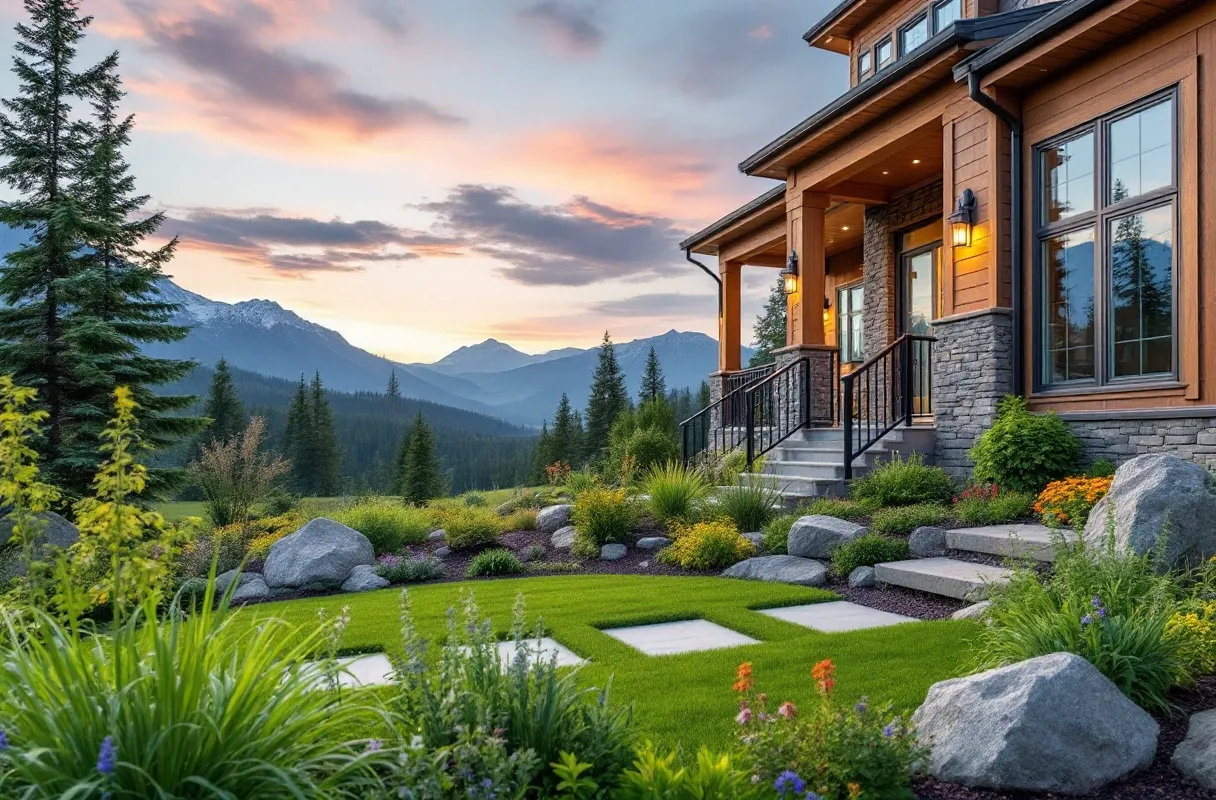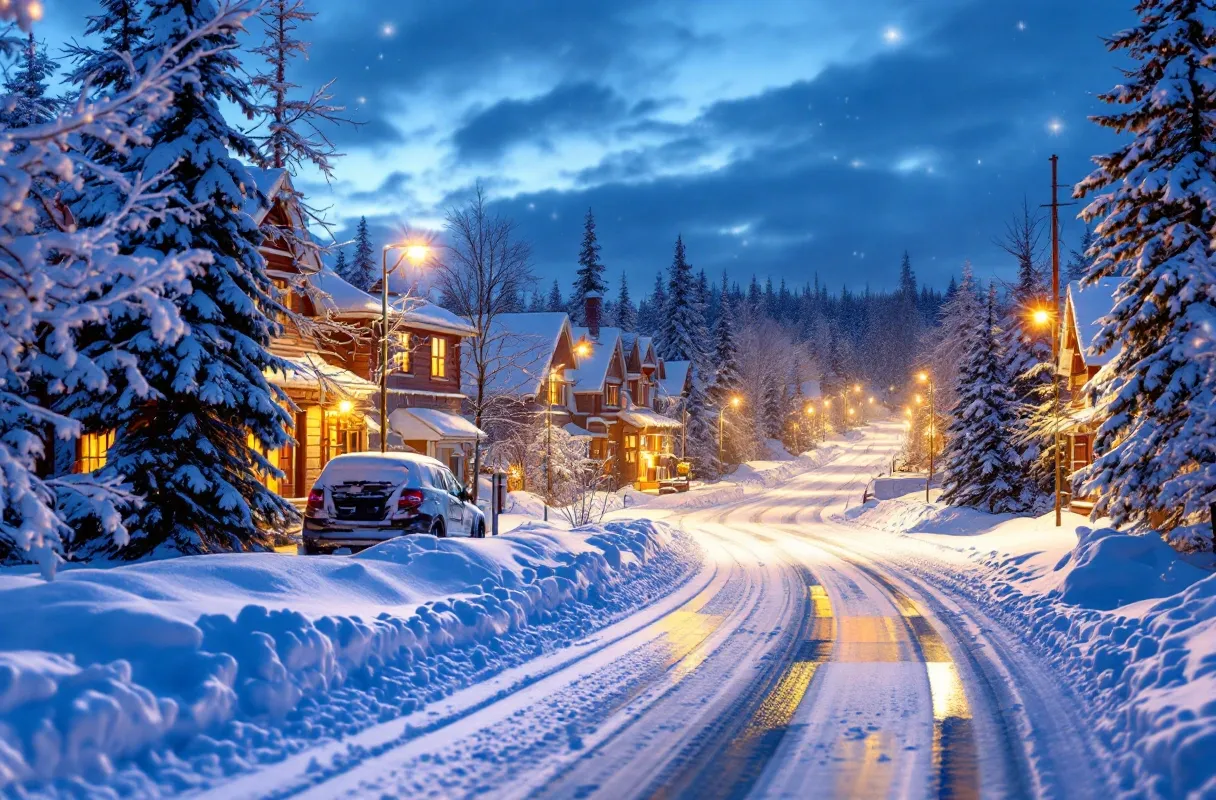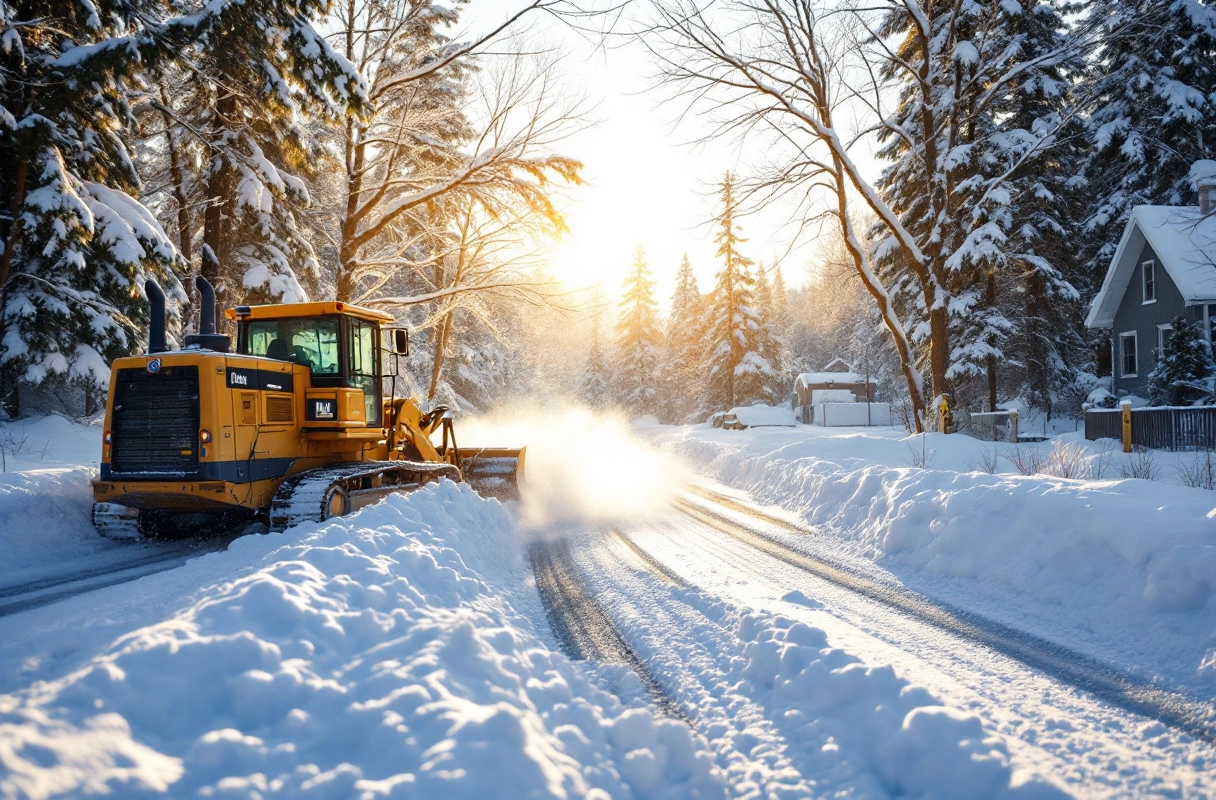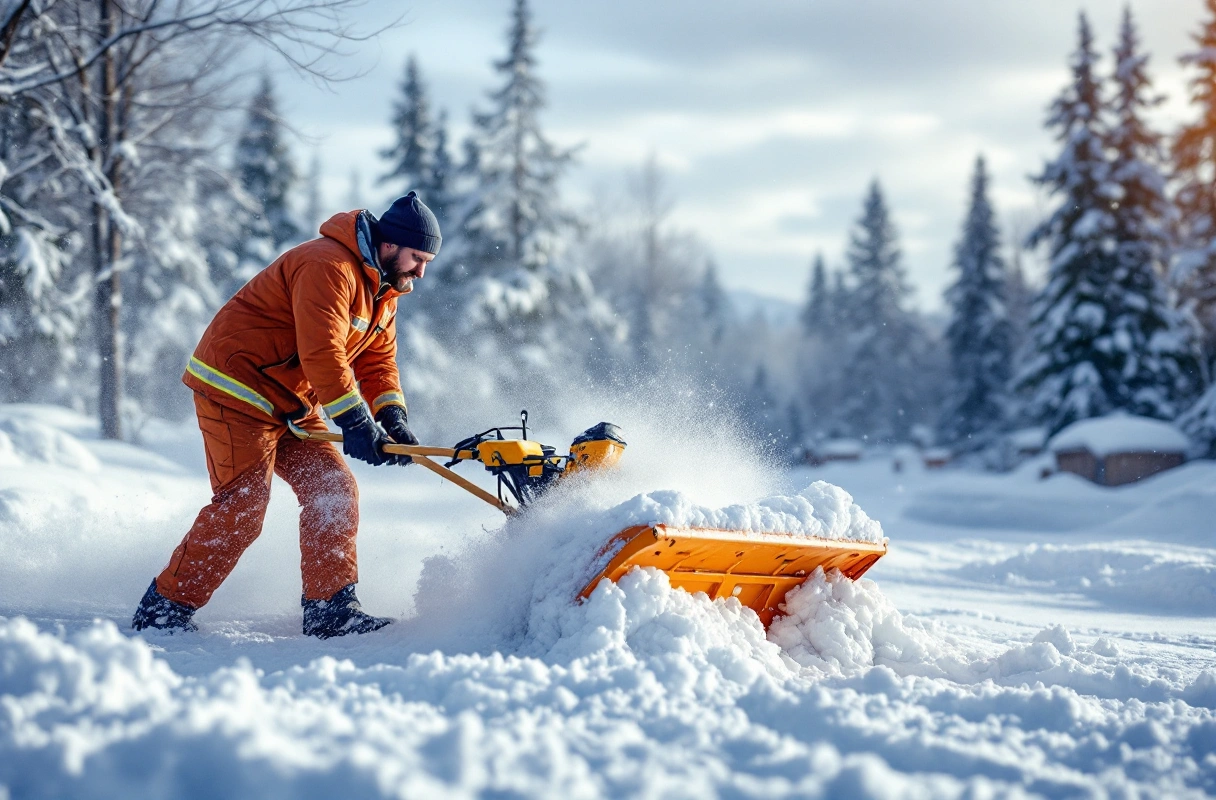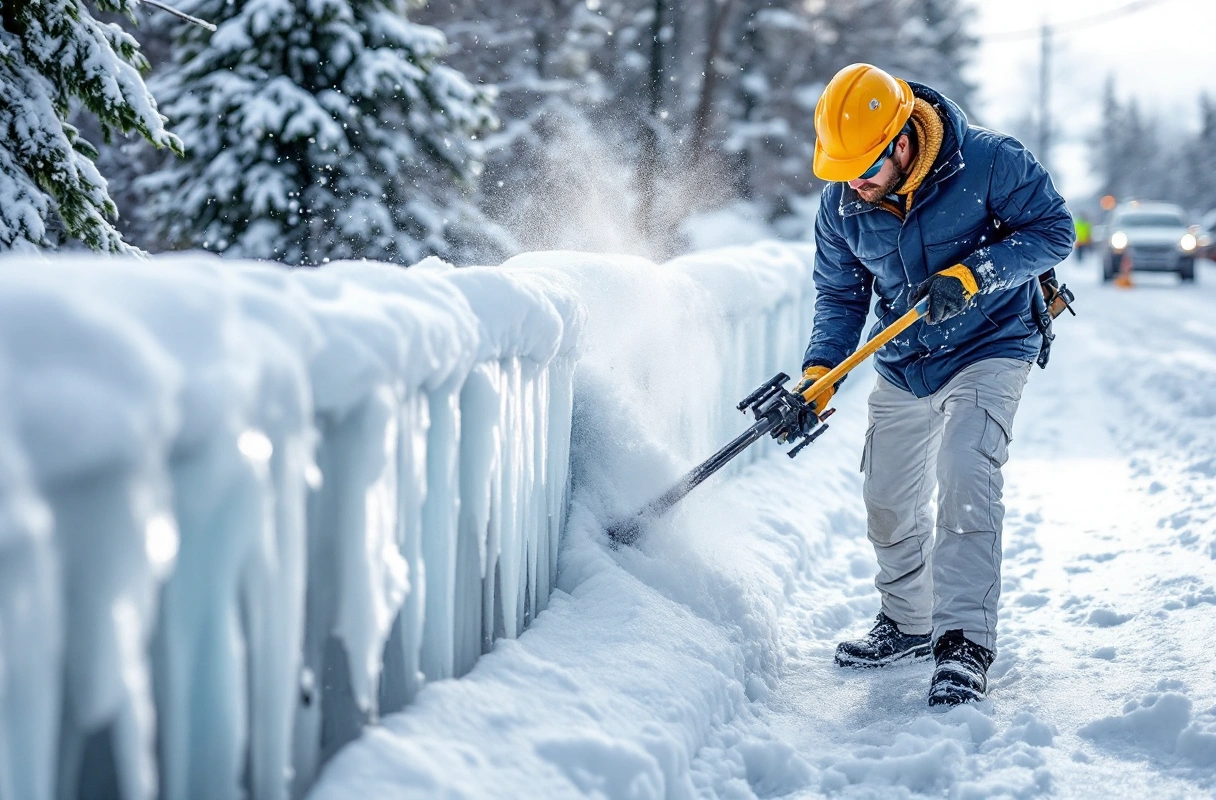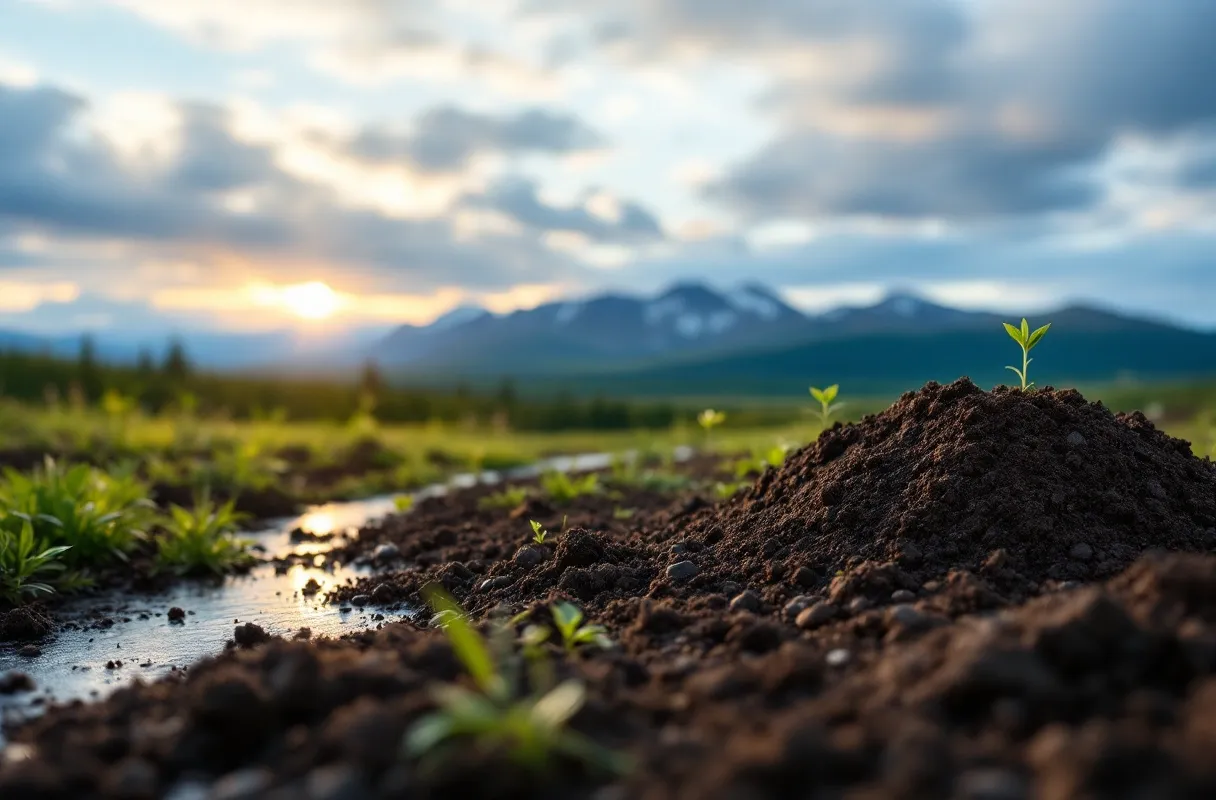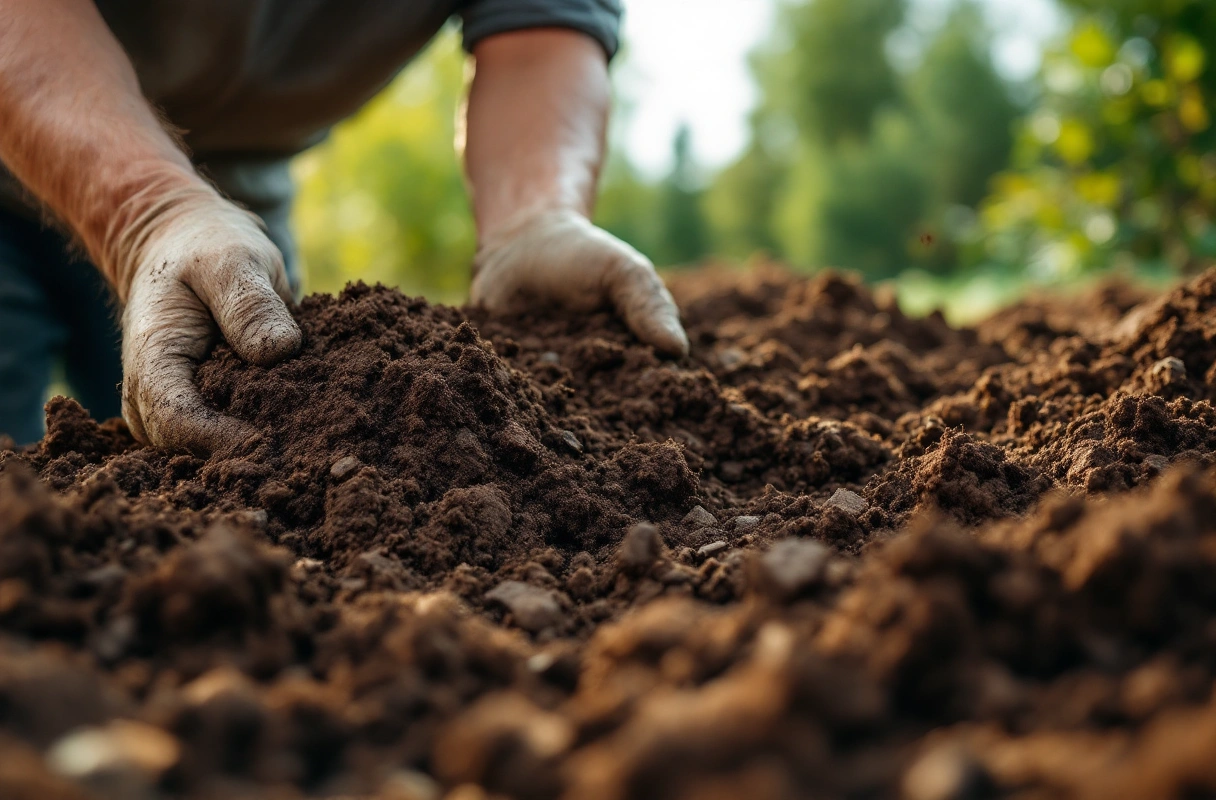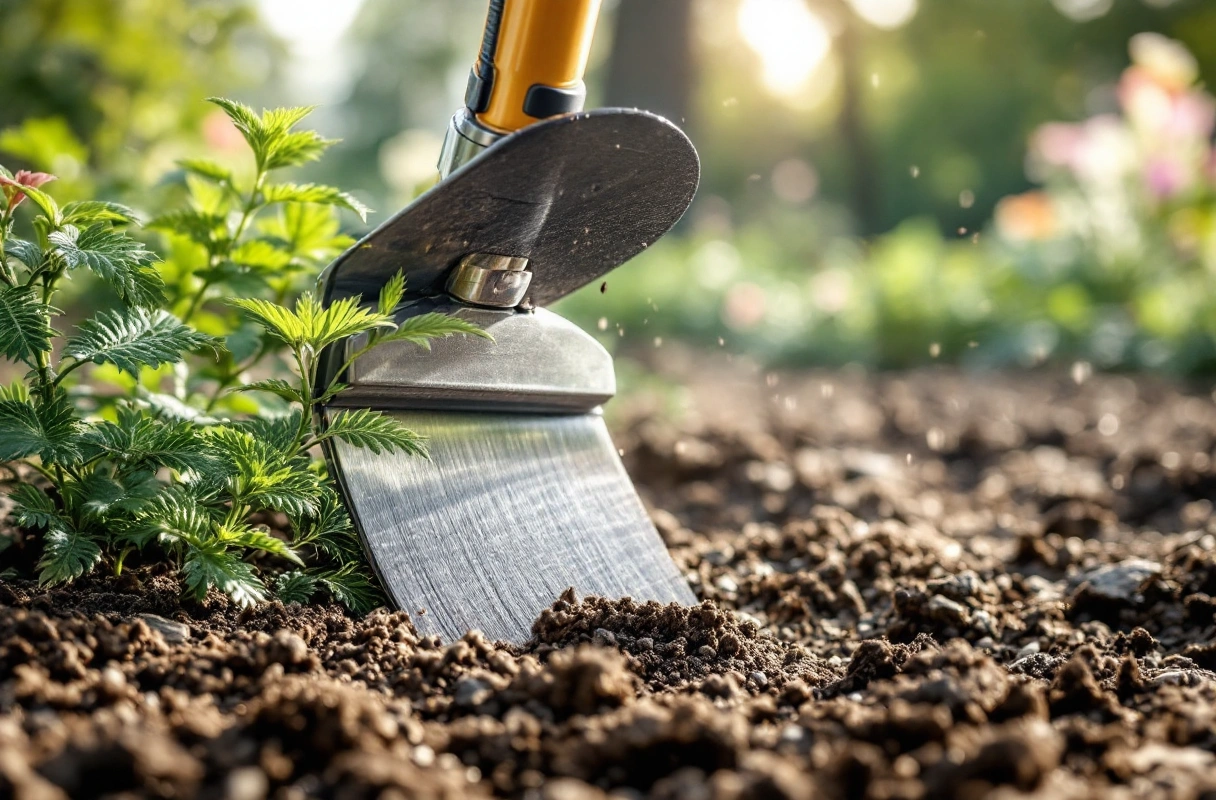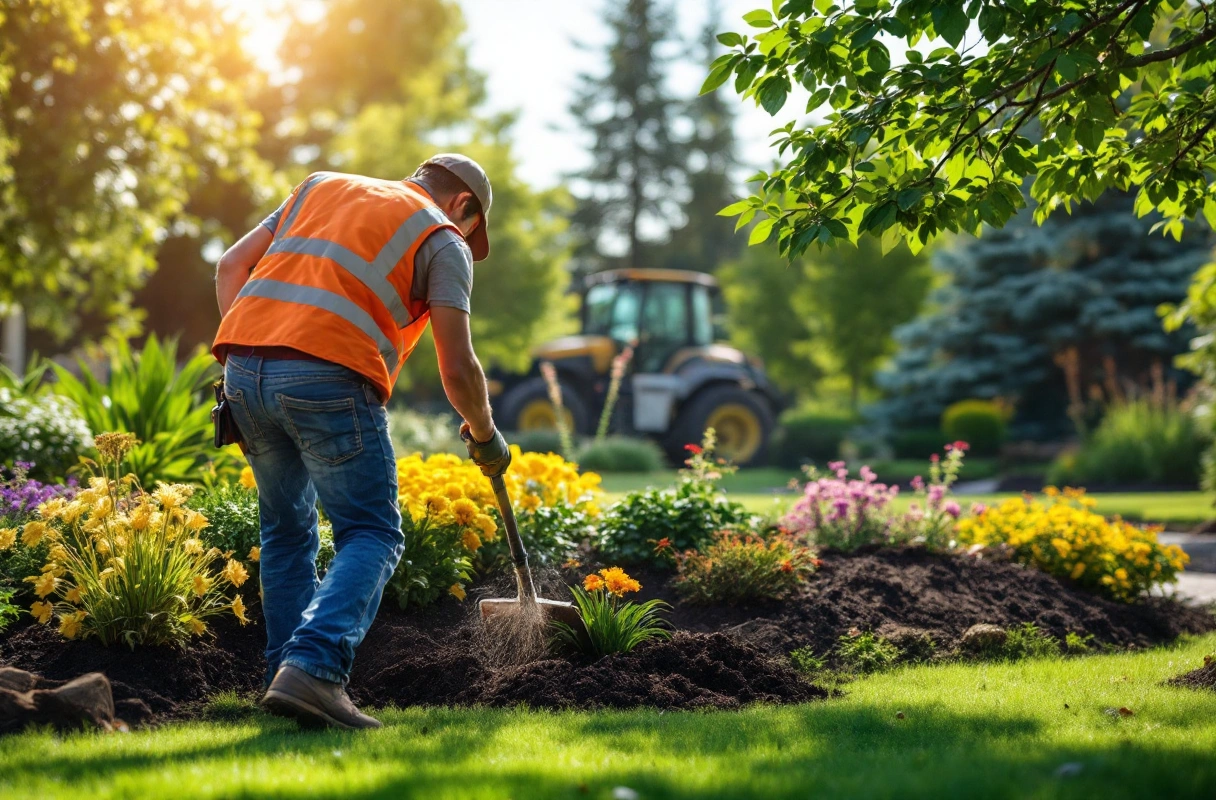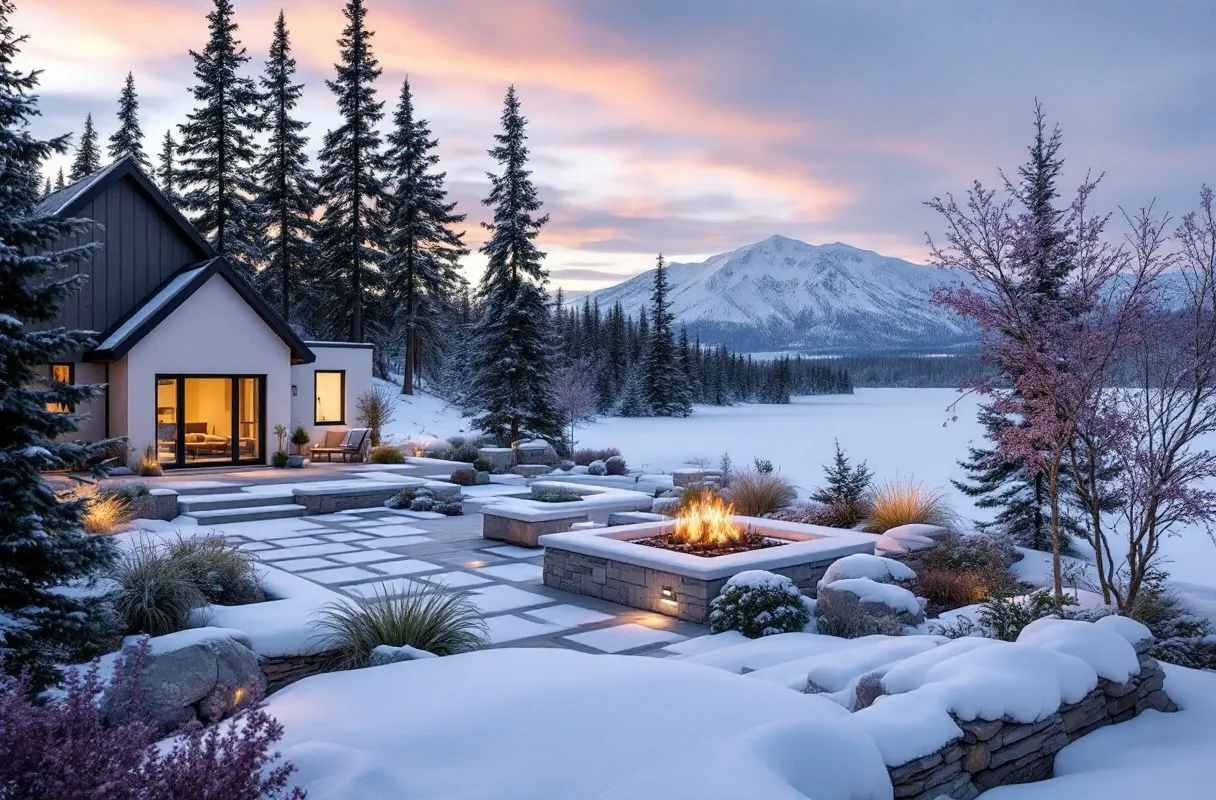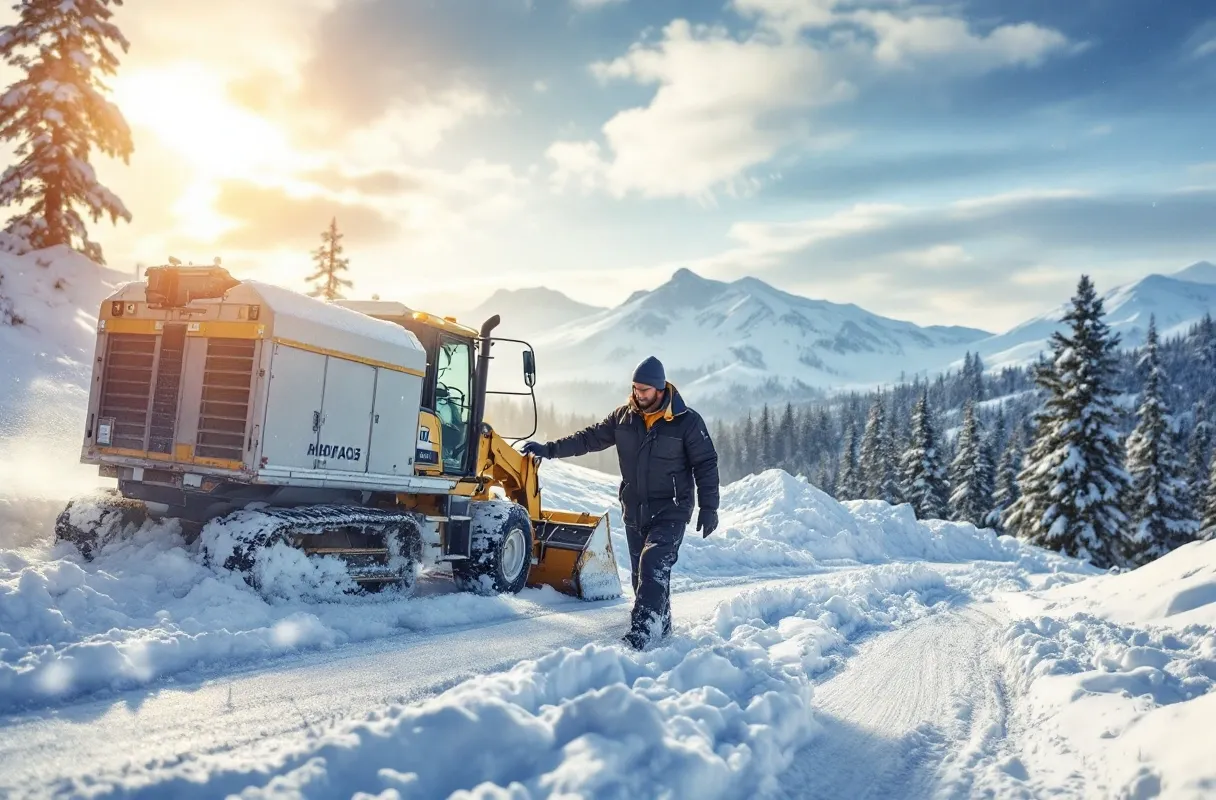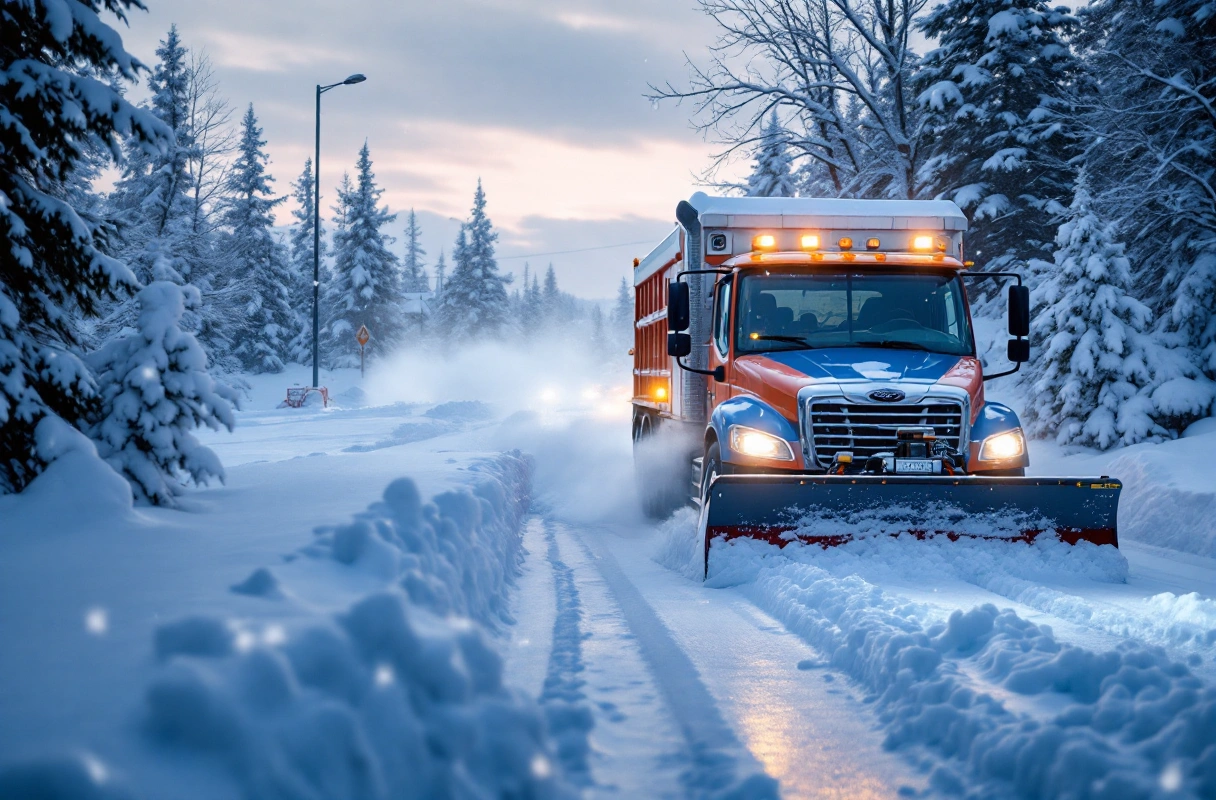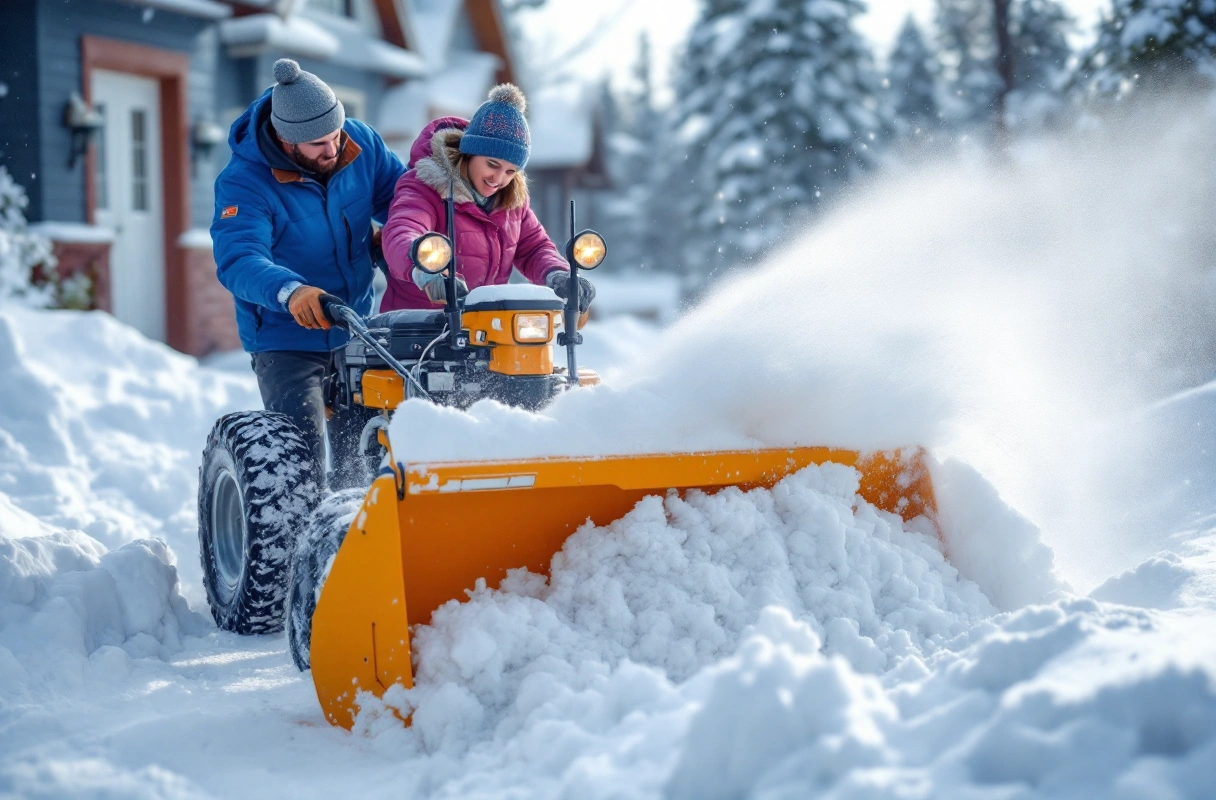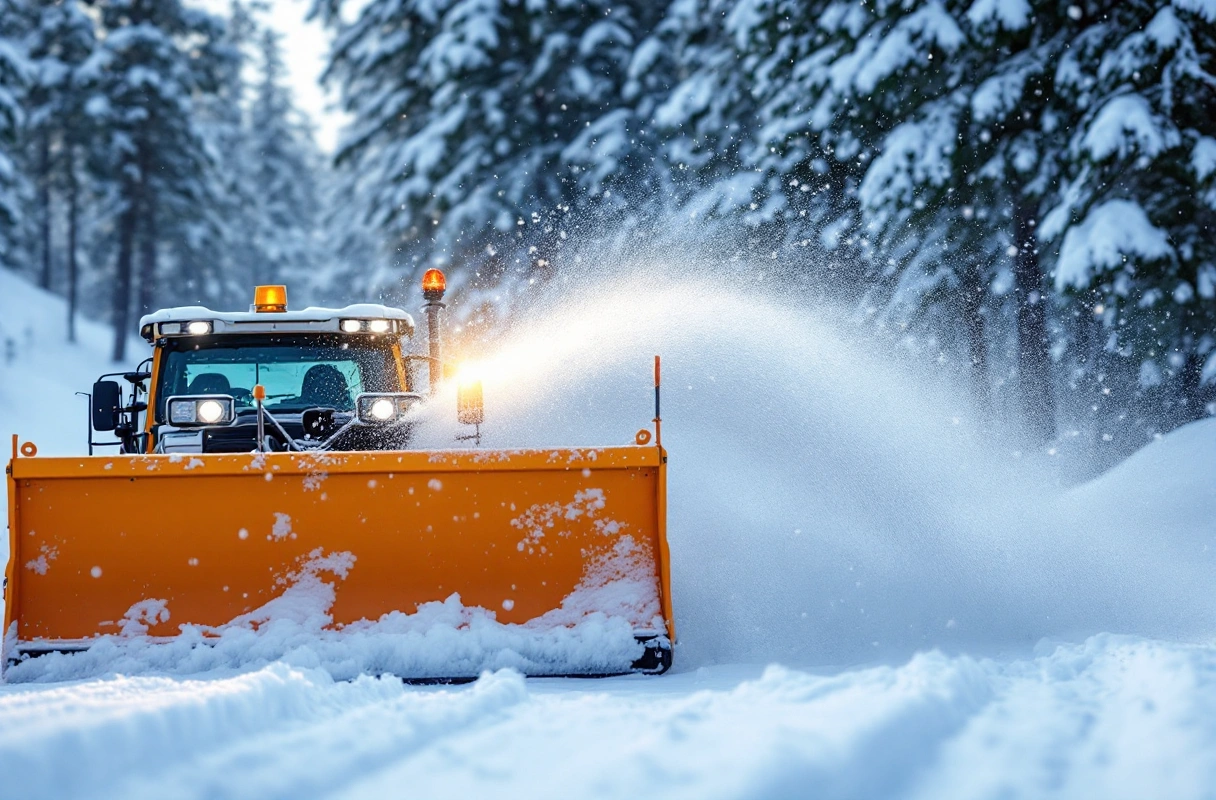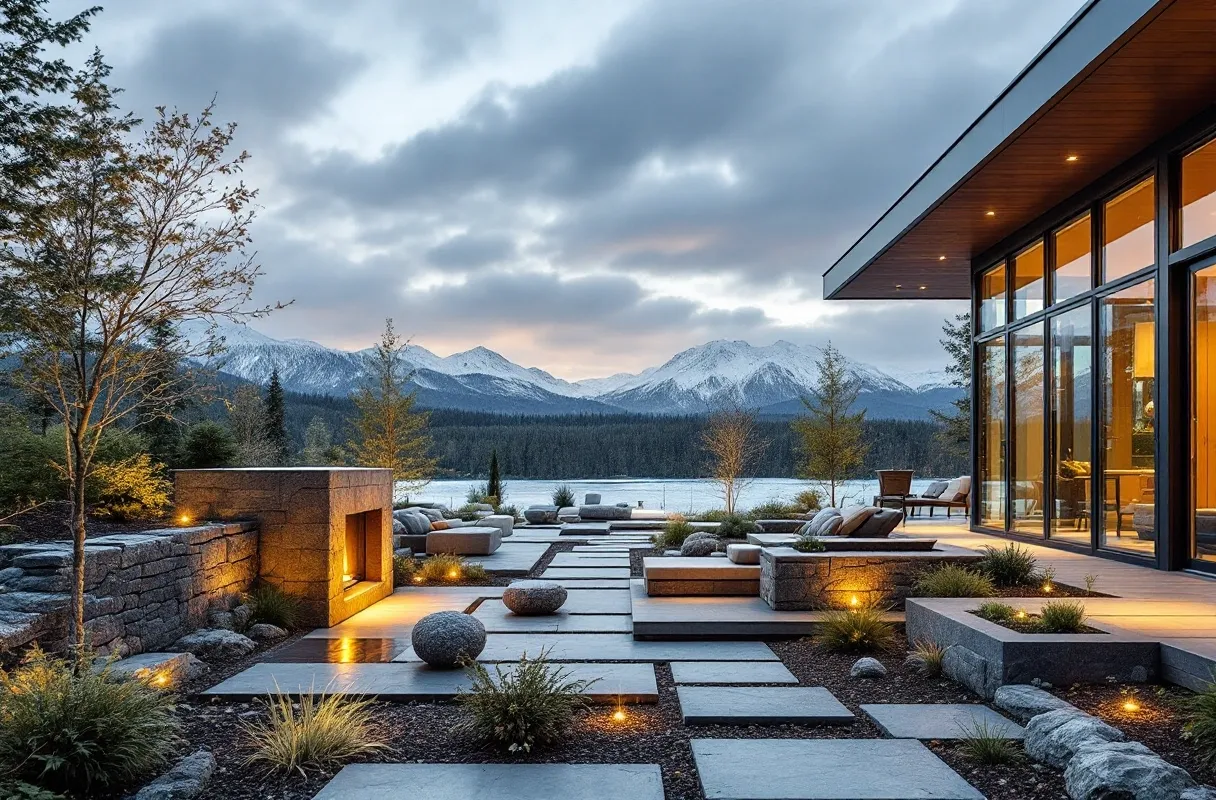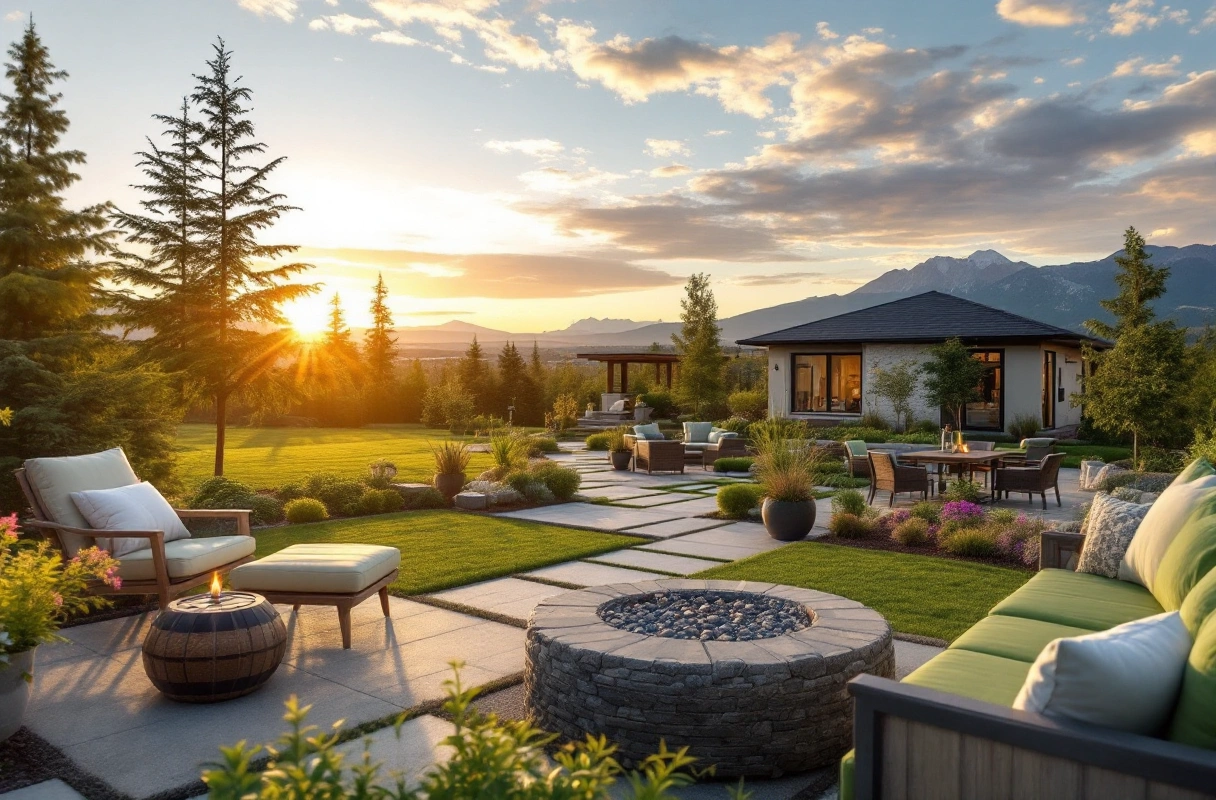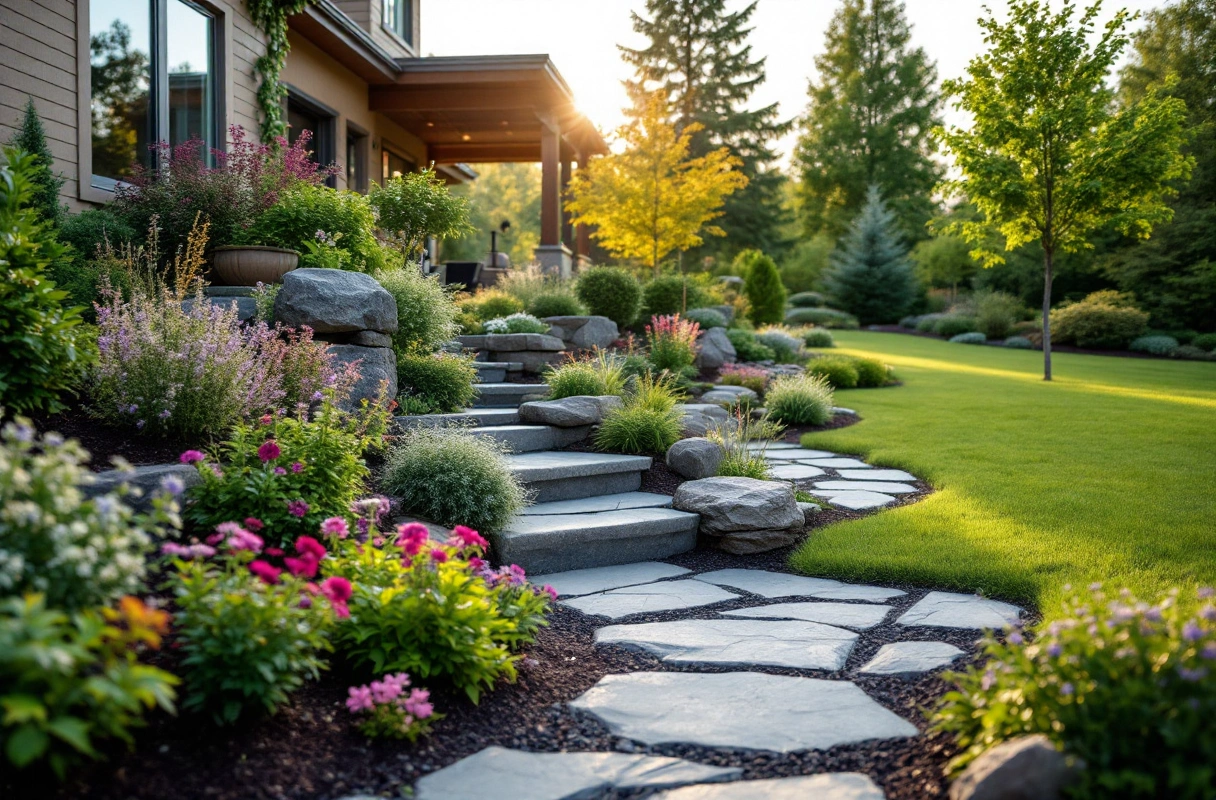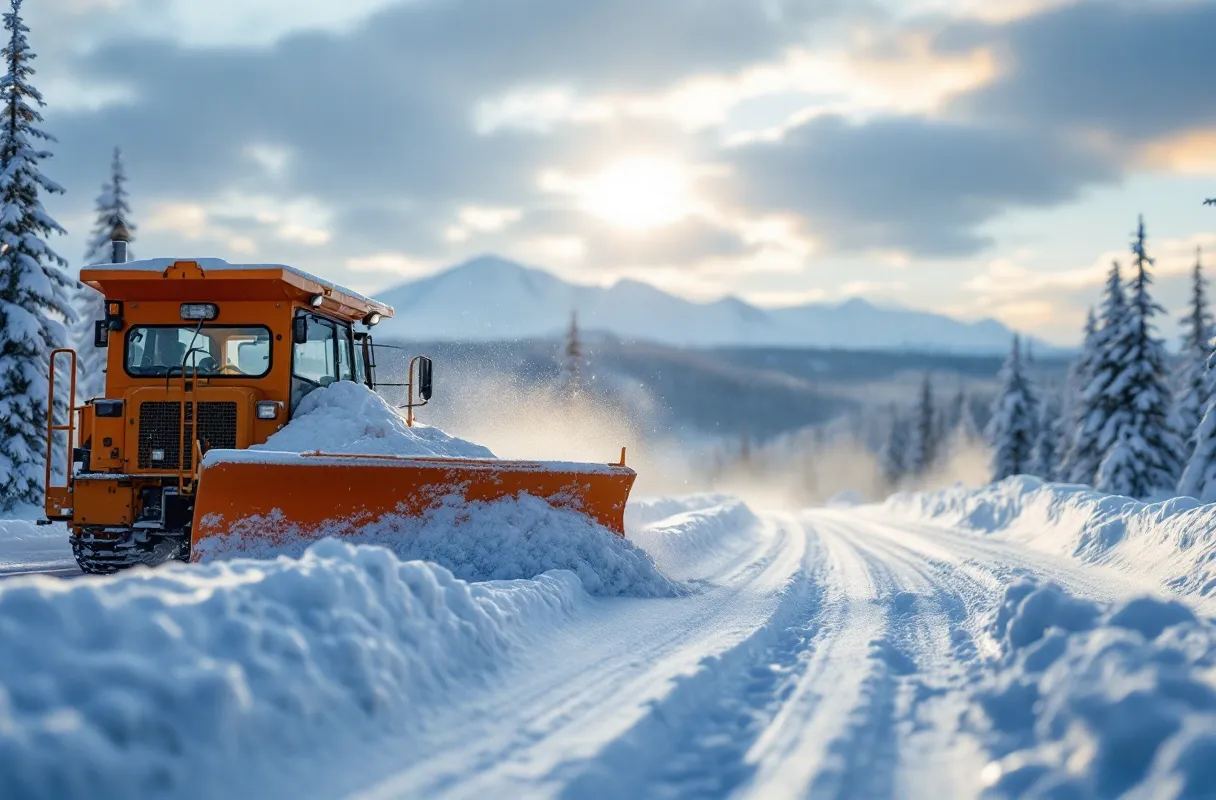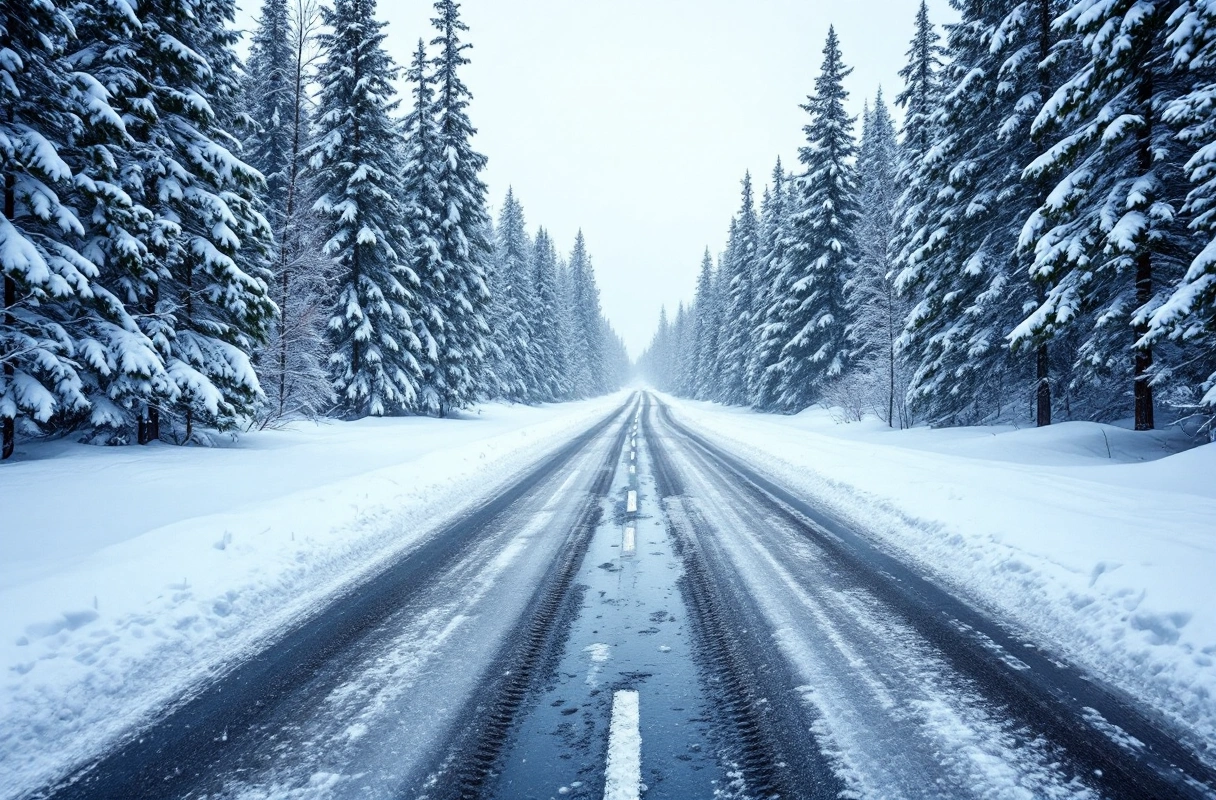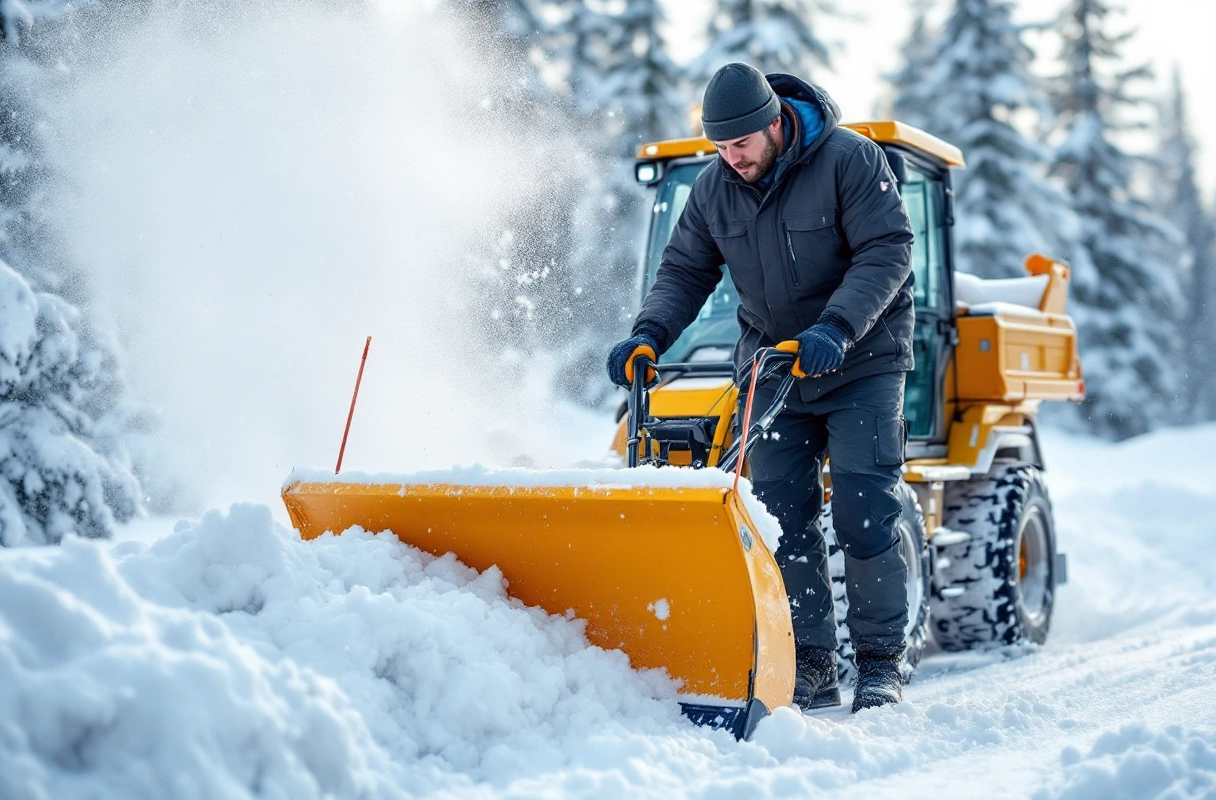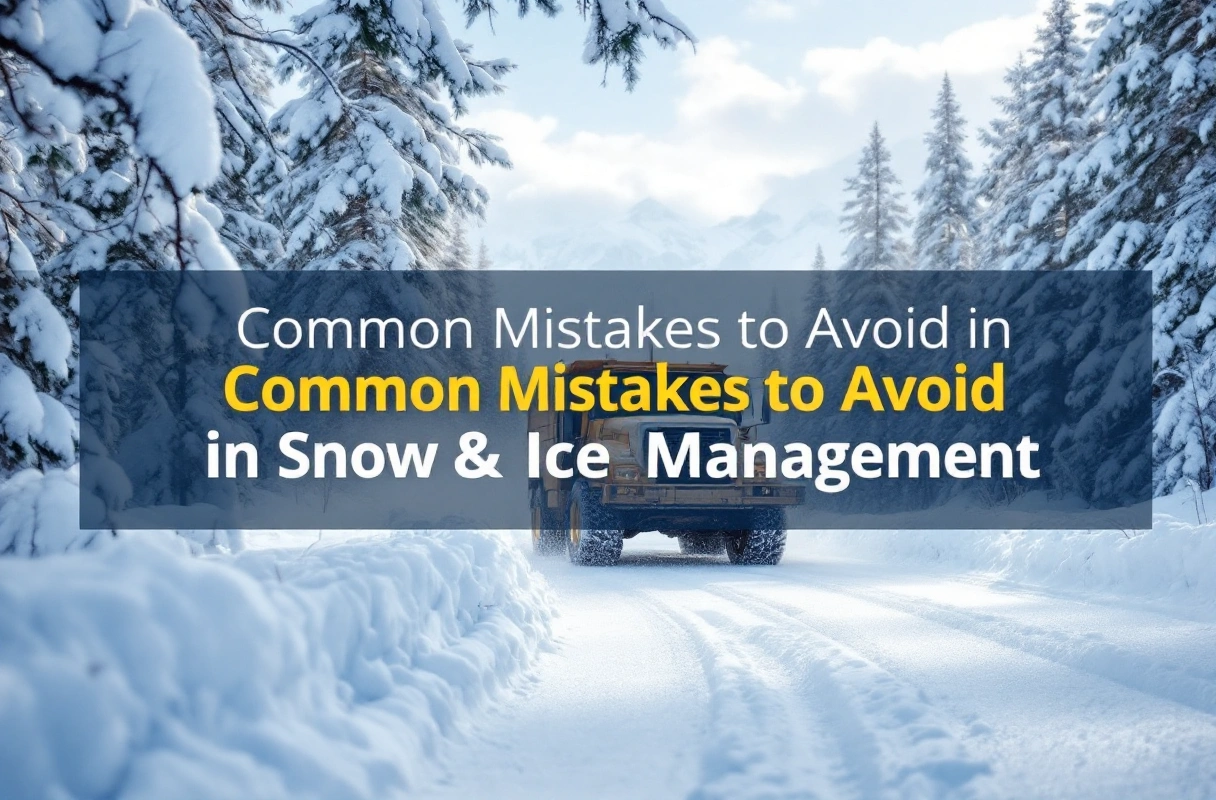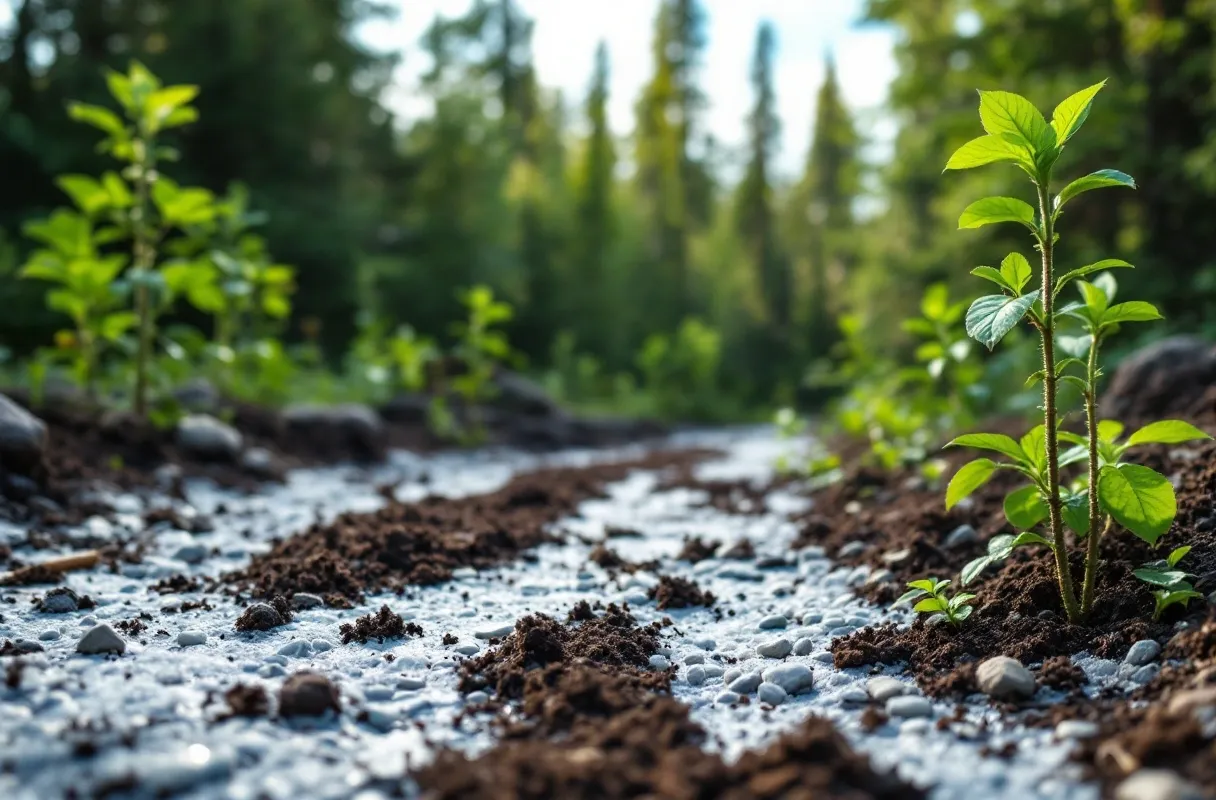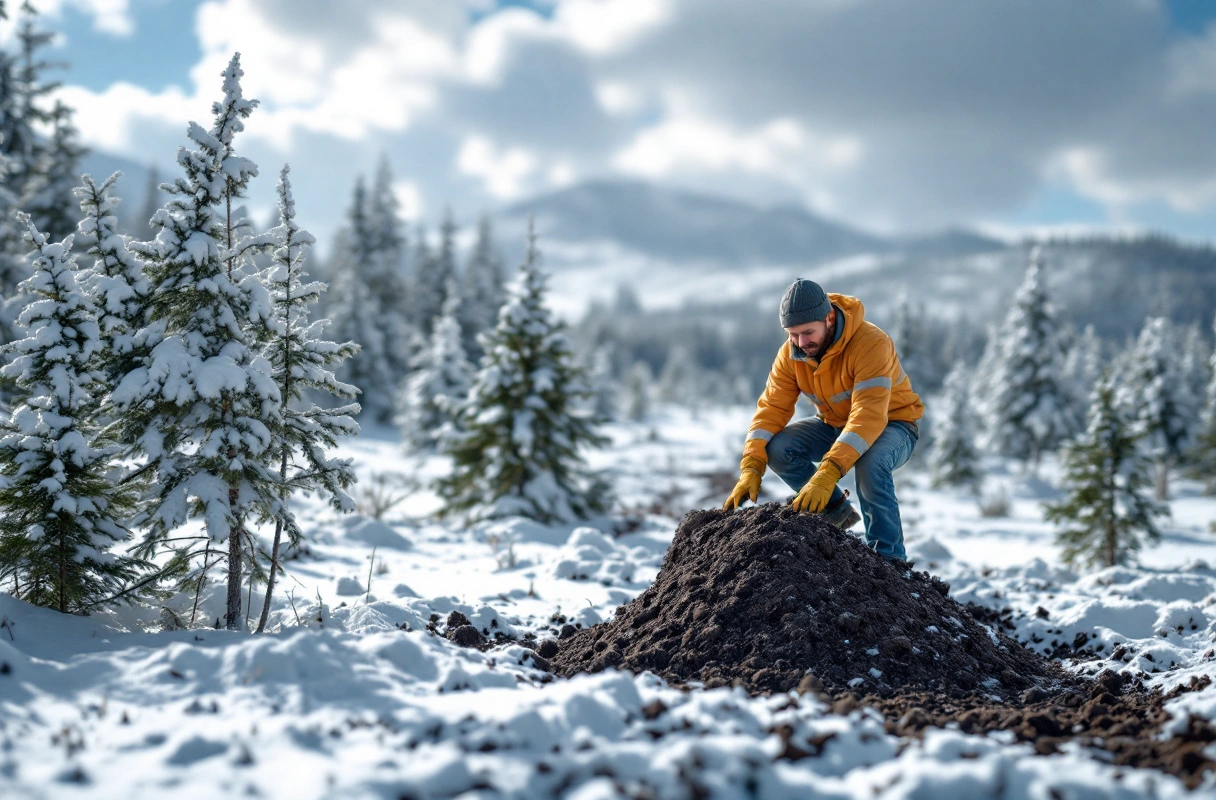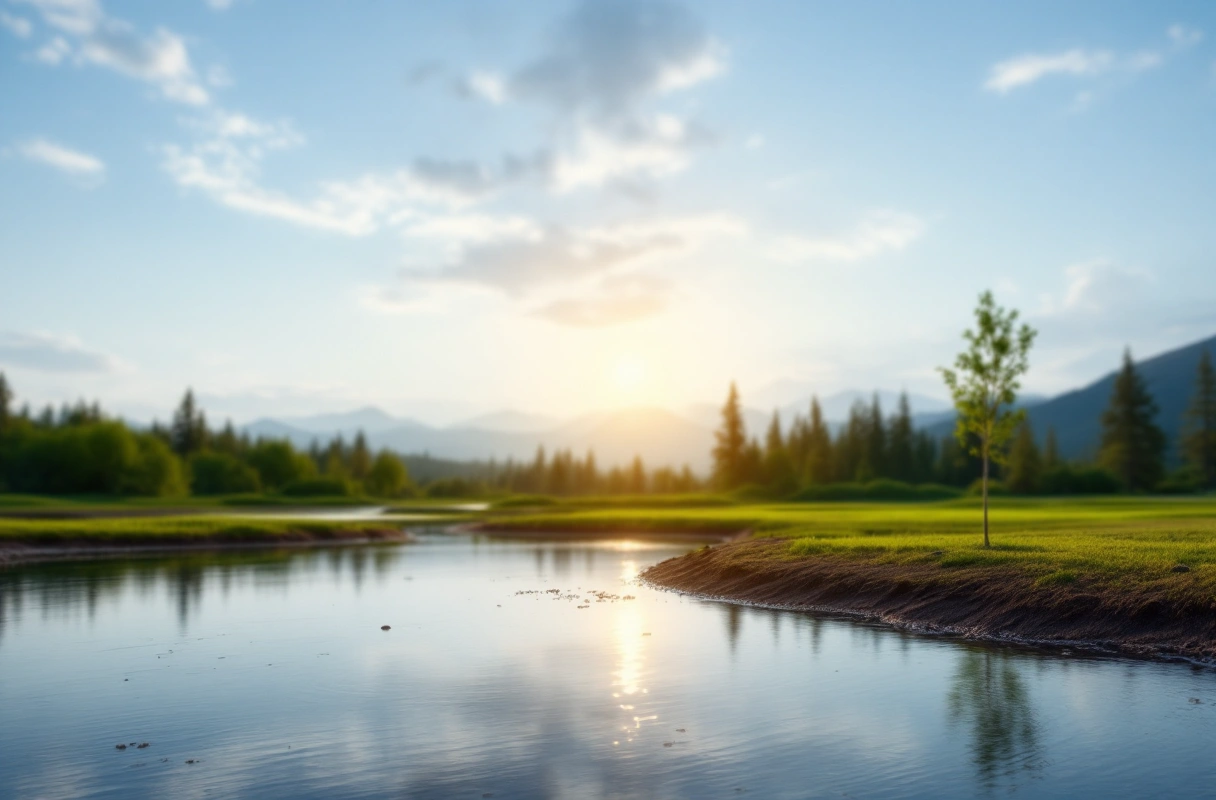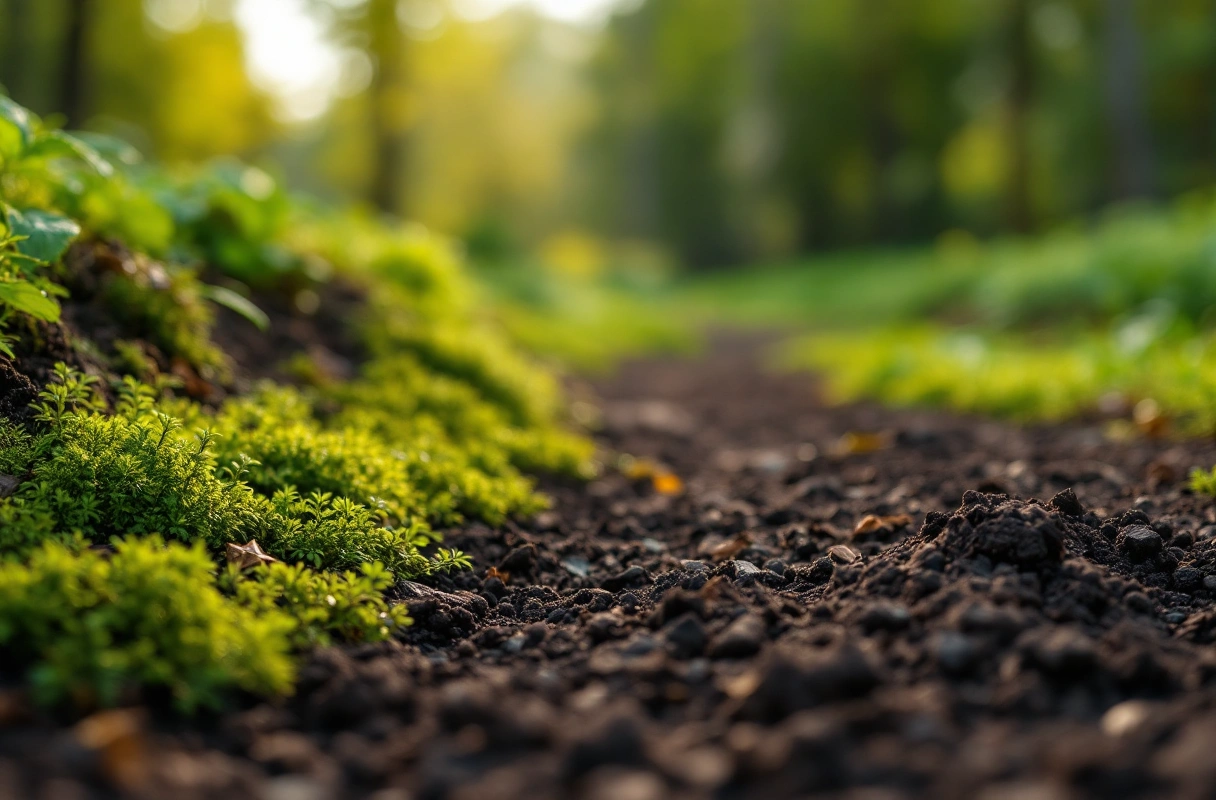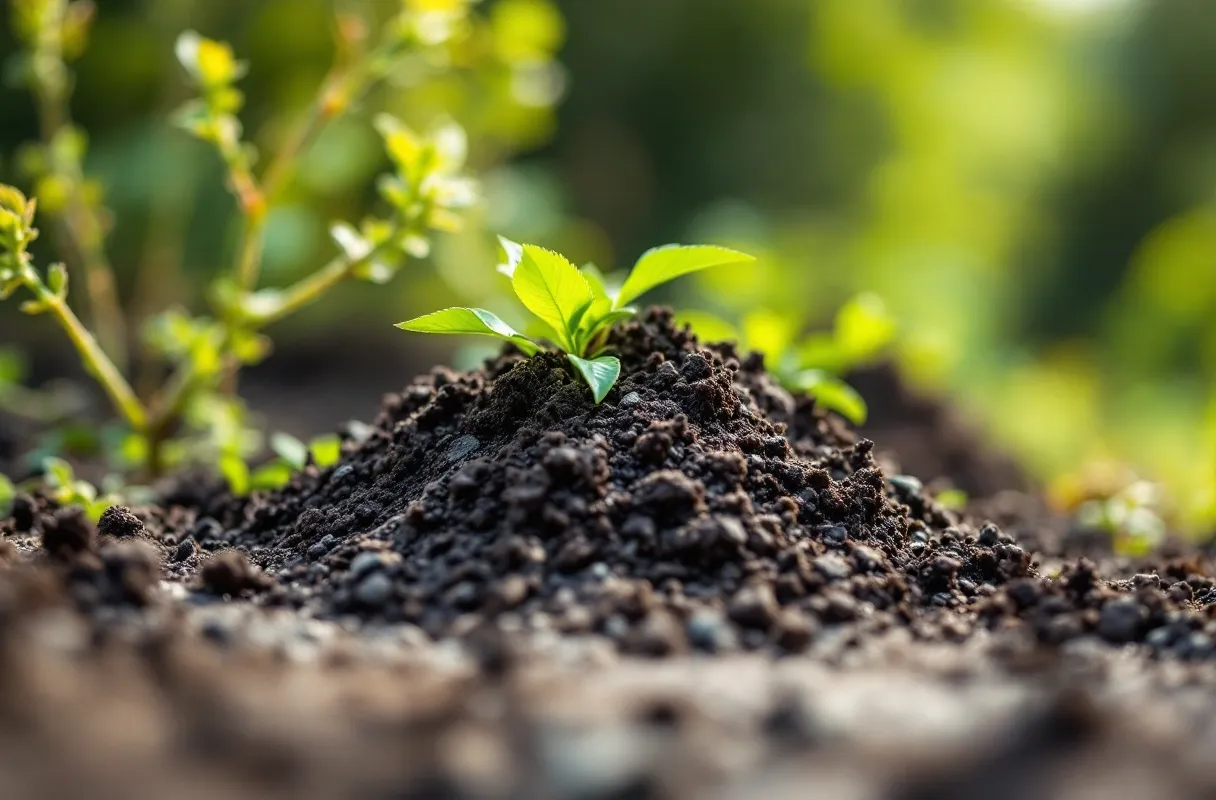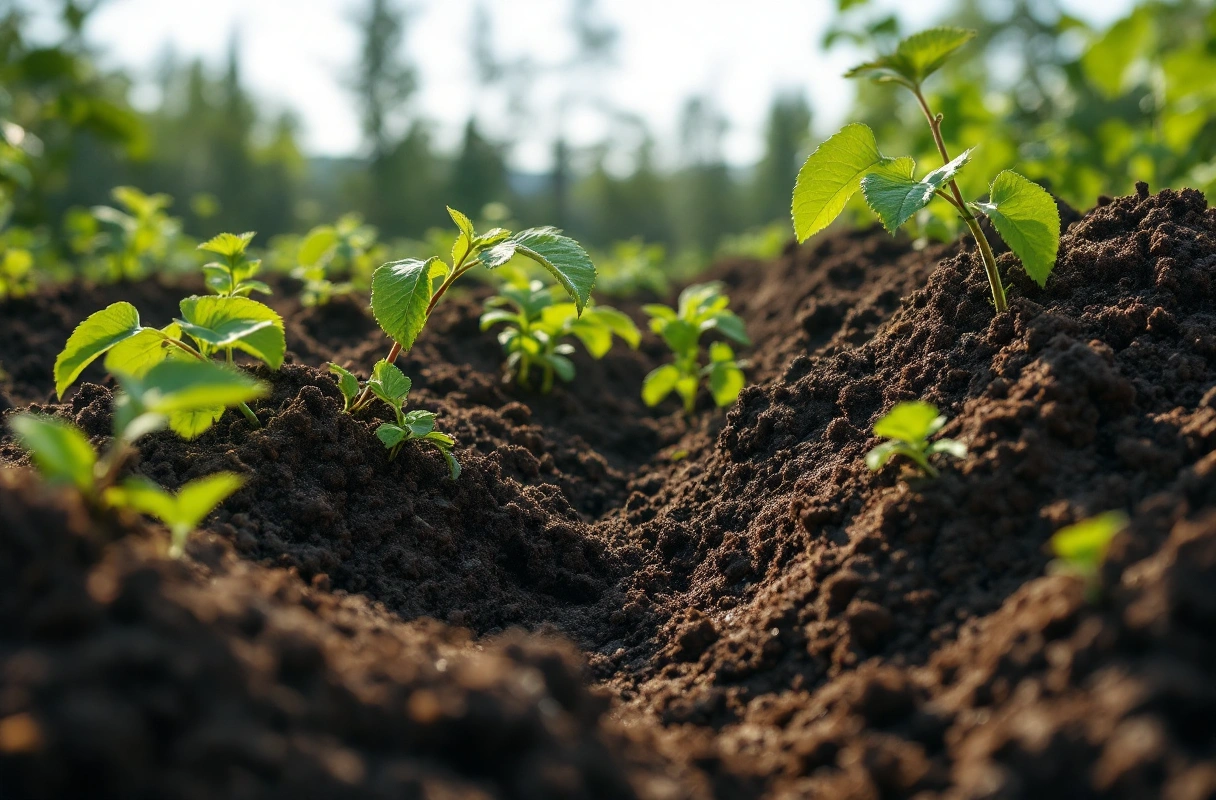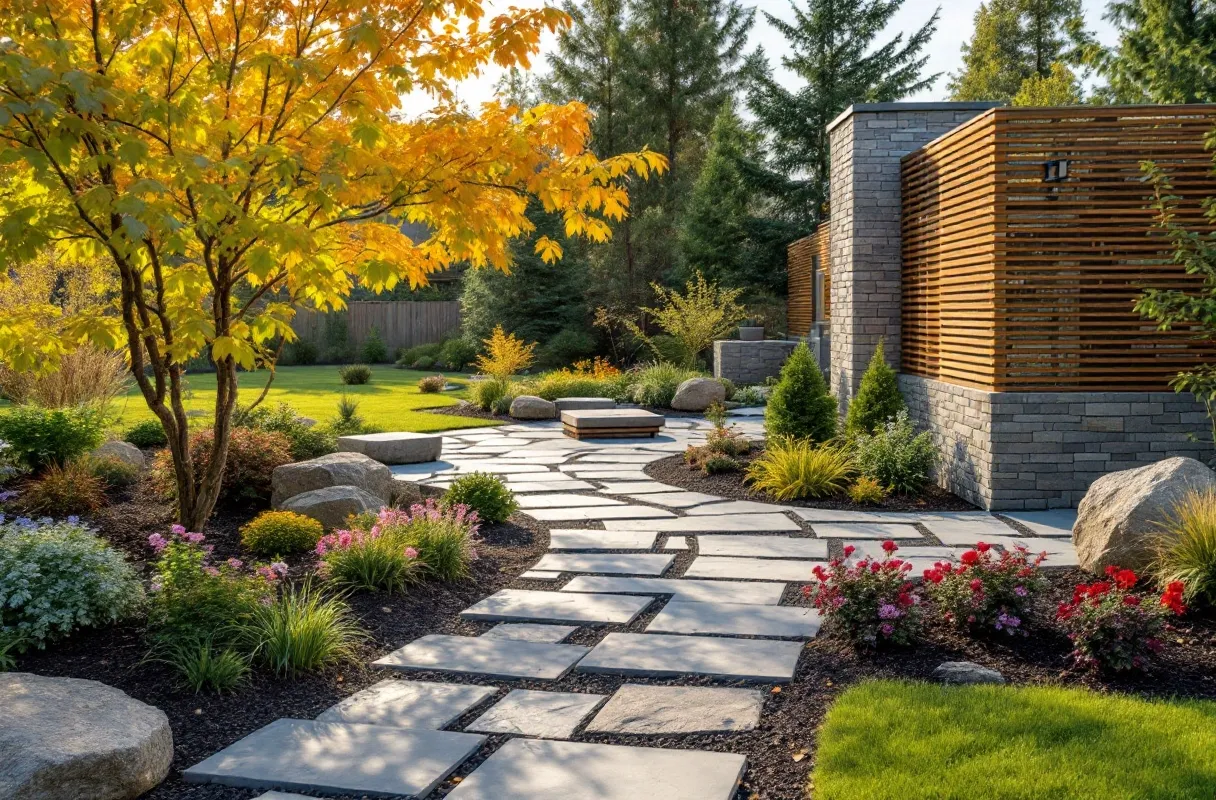Top Hardscaping Services in Anchorage for Stunning Yards
Creating an inviting outdoor space is essential for homeowners in Anchorage and the Mat-Su Valley. Hardscaping services in Anchorage play a pivotal role in achieving that goal, offering durable and visually appealing solutions that complement the natural beauty of the Alaskan landscape. From retaining walls to paver walkways, the right hardscaping can enhance your yard’s functionality and aesthetic appeal. This article provides a comprehensive guide to hardscaping services in Anchorage, exploring the options available and offering valuable insights for homeowners looking to elevate their outdoor spaces.
Understanding Hardscaping Services
Hardscaping refers to the non-plant elements of landscaping, encompassing various structures and materials that create outdoor spaces. This includes:
-
Patios and decks
-
Walkways and driveways
-
Retaining walls
-
Fences and gates
-
Water features
These elements are crucial for creating a well-balanced outdoor environment that combines beauty and functionality. When considering hardscaping services in Anchorage, it’s essential to recognize the local climate and soil conditions, which can significantly influence the choice of materials and designs.
The Benefits of Hardscaping
Investing in hardscaping offers numerous advantages for homeowners. Some key benefits include:
-
Low Maintenance: Unlike plants, hardscaping materials require minimal upkeep, making them ideal for busy homeowners.
-
Durability: High-quality hardscaping materials can withstand Alaska’s harsh weather conditions, ensuring longevity.
-
Increased Property Value: Well-designed hardscaping can enhance the curb appeal of your home, potentially increasing its market value.
-
Functional Outdoor Spaces: Hardscaping creates areas for relaxation, entertainment, and recreational activities, making your yard more usable.
Understanding these benefits can help homeowners make informed decisions about their outdoor projects.
Popular Hardscaping Services in Anchorage
When it comes to hardscaping services in Anchorage, several options stand out as particularly popular. Each service caters to different aesthetic preferences and functional needs.
1. Patios and Decks
Patios and decks serve as the foundation for outdoor living spaces. They provide areas for dining, entertaining, and relaxation.
-
Materials: Common materials include concrete, natural stone, and pavers, each offering distinct looks and durability.
-
Design: Homeowners can choose from various styles, including raised decks, ground-level patios, or multi-level designs.
2. Walkways and Driveways
Walkways and driveways are essential for accessibility and enhancing the overall look of your property.
-
Paver Walkways: Pavers offer a customizable and visually appealing option, allowing for intricate designs and patterns.
-
Concrete Driveways: Concrete is a popular choice for its durability and low maintenance, providing a clean and polished look.
3. Retaining Walls
Retaining walls are vital for managing slopes and preventing soil erosion. They can also create tiered gardens and additional planting areas.
-
Material Choices: Options include natural stone, concrete blocks, and timber, each providing different aesthetics and structural benefits.
-
Functionality: Retaining walls can also serve decorative purposes, enhancing the landscape’s overall appeal.
4. Fences and Gates
Fencing is crucial for privacy, security, and defining property boundaries.
-
Types of Fences: Wood, vinyl, and metal are common materials, each offering unique styles and maintenance requirements.
-
Design Considerations: Homeowners can choose from various heights and designs to suit their needs, whether for aesthetic purposes or security.
5. Water Features
Incorporating water features such as ponds, fountains, or waterfalls can add tranquility and beauty to your yard.
-
Types: Options range from simple birdbaths to elaborate koi ponds, depending on the desired aesthetic and maintenance level.
-
Benefits: Water features can create a soothing ambiance and attract local wildlife, enhancing the overall landscape experience.
Selecting the Right Hardscaping Contractor
Choosing the right contractor for hardscaping services in Anchorage is crucial to ensure a successful project. Consider the following tips when selecting a professional:
Research and Reviews
-
Online Presence: Investigate potential contractors through their websites and social media profiles. Look for examples of their work and customer reviews.
-
Word of Mouth: Ask friends and family for recommendations. Personal experiences can provide valuable insights into a contractor’s reliability and quality of work.
Experience and Expertise
-
Portfolio: Request to see a portfolio of completed projects. This will give you an idea of the contractor’s style and capabilities.
-
Certifications: Check for relevant certifications and licenses that demonstrate the contractor’s professionalism and adherence to industry standards.
Communication and Transparency
-
Initial Consultation: A good contractor will offer an initial consultation to discuss your ideas, preferences, and budget.
-
Detailed Estimates: Ensure the contractor provides a clear and detailed estimate, outlining the costs associated with materials and labor.
Common Misconceptions About Hardscaping
Many homeowners have misconceptions about hardscaping services that can lead to poor decision-making. Addressing these myths can help clarify the process and benefits.
Myth 1: Hardscaping is Too Expensive
While initial costs can be significant, hardscaping often provides long-term savings due to low maintenance and durability. Investing in quality materials can reduce future repair and replacement costs.
Myth 2: Hardscaping Requires Constant Maintenance
Although hardscaping elements do require some maintenance, they are generally much easier to care for than gardens filled with plants. Regular cleaning and occasional repairs are usually sufficient.
Myth 3: Hardscaping is Only for Large Spaces
Hardscaping can be tailored to fit any size yard, including small urban spaces. Creative designs can maximize the functionality and beauty of compact areas.
Planning Your Hardscaping Project
Effective planning is vital for a successful hardscaping project. Here are essential steps to consider:
-
Define Your Goals: Determine what you want to achieve with your hardscaping. Are you looking for more outdoor entertaining space, or do you want to manage water runoff?
-
Budgeting: Establish a clear budget that includes materials, labor, and any additional features you may want to add.
-
Design Considerations: Think about how your hardscaping will integrate with existing landscaping. Consider colors, materials, and styles that complement your home and yard.
-
Permits and Regulations: Check with local authorities regarding any permits or regulations that may apply to your hardscaping project. Compliance is essential to avoid potential fines or issues.
Hardscaping Maintenance Tips
Once your hardscaping project is complete, maintaining it is essential for longevity and appearance. Here are some tips:
-
Regular Cleaning: Sweep or hose down hardscaping surfaces to remove debris, dirt, and stains.
-
Weed Control: Keep weeds at bay by regularly inspecting joints and edges for unwanted growth.
-
Sealing: Depending on the material, consider sealing surfaces to protect against weather damage and staining.
The Intersection of Hardscaping and Landscape Design
Hardscaping services in Anchorage are not standalone elements; they work in conjunction with landscape design to create a cohesive outdoor space. Effective landscape design considers both hardscaping and softscaping (plants and greenery) to achieve harmony and functionality.
Combining Elements for Aesthetic Appeal
-
Color Coordination: Choose hardscaping materials that complement the colors of your plants and home exterior.
-
Layering: Use varying heights and textures in both hardscaping and softscaping to create visual interest.
The Role of Hardscaping in Sustainability
Incorporating hardscaping can also contribute to environmental sustainability. Properly designed hardscaping elements can manage water runoff, reduce erosion, and even support local wildlife.
How Titan Can Elevate Your Hardscaping Experience
Homeowners in Anchorage and the Mat-Su Valley seeking reliable hardscaping services can turn to Titan for expert guidance and execution. Titan specializes in landscape design, retaining walls, paver walkways, and more, ensuring that each project is tailored to meet the unique needs of the homeowner.
With a commitment to quality and customer satisfaction, Titan provides comprehensive services that enhance outdoor spaces while considering the local climate and soil conditions. Whether you are looking to create a stunning patio for entertaining or a functional driveway, Titan has the expertise to bring your vision to life.
